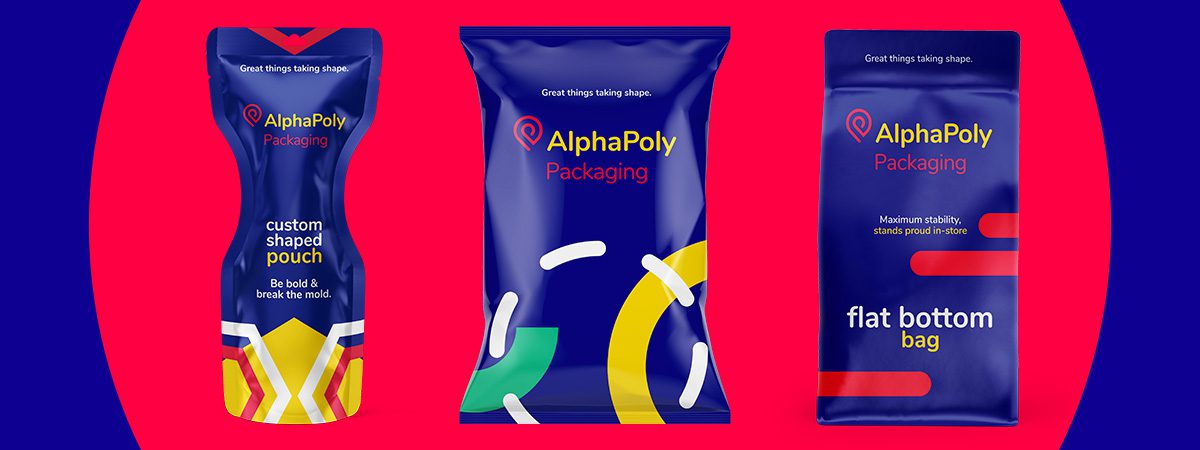
Problem Solved: Solutions Offered by Custom Packaging
Over the past decade, our industry has gotten a lot smarter. Custom packaging has totally revolutionized retail with solutions that are as brilliant as they are beautiful.
Last year, we looked at the top 7 advantages beyond environmental impact of choosing sustainable packaging. To the surprise of many, clear evidence suggests that cost reduction over time is a major benefit”
Some of the questions we got from readers was less about the why and more about the how.
More specifically, they wanted to know what steps they could take to start making the move before going all in on a full rethinking of the way they package products.
In the rest of this piece, you’ll see that the first steps towards achieving packaging sustainability cost nothing but time and a bit of brain power.
You’ll also see how smart companies took a second step and made huge strides towards sustainability without spending much money at all.
We believe the most environmentally problematic plastics are the ones that are made but never used. They’ll exist until the end of time in one landfill or another for no reason. And think about what an eternally unfulfilled life will feel like for that poor piece of plastic. It’s a cruel fate.
With this in mind, the first step you can take is to examine your packaging and look for anything about it you can do without. Think about how your customer interacts with the packaging, what they need to be there and how you might be able to combine things into a less-is-more design.
A business to consumer brand we’ve partnered with did this kind of deep dive into their packaging and developed a way to forego the incremental courier bag they would include with their online orders in case the customer wanted to return the item.
Rather than produce a plastic bag they hoped would never be used, they use double adhesive tape and add a second layer on the original bag to facilitate returns
Rather than produce a plastic bag they hoped would never be used, they use double adhesive tape and add a second layer on the original bag to facilitate returns
And while it’s clearly better for the environment that they produce at least a third less plastic per order, this new approach is also easier for customers (tear, ship, voilà)
Exacerbated by the twin priorities of responding to pandemic safety measures with more packaging, while reducing the amount of waste created by packaging, the bioplastic markethas exploded.
Market share of bioplastics — PHAs made from genetically engineered microorganisms, and PLAs made from sugars in corn starch, cassava or sugarcane — is expected to reach nearly $27.9 billion by 2025, up from $10.5 billion in 2020, with over 2.8 million metric tons expected to be produced in 2025, up from 2.1 million metric tons in 2020.
Progressive companies examine every facet of their packaging to identify elements that could be replaced with a naturally degradable bioplastic. One such company is Yorkshire Tea out of the UK that makes their tea bags out of PLA.
It might be a little thing, but the little things add up to big things.
Right now, the big thing is the 10 million tons of plastic dumped into the ocean every year and that our oceans will have more plastics than fish in them by 2050, so all the little things help.
Requiring plastic in your packaging isn’t necessarily a bad thing if it pushes you to invest in alternatives that use less plastic and also improve the customer experience. Dial Soaps did this with their hand-soap refills.
In the past, Dial refills were sold in plastic bottles that would take up excessive retail shelf space and at-home cupboard space. Today, they come in eco-friendly pouches made with 58 percent less plastic. And because pouches like these are malleable, they’re cheaper for manufacturers to ship, easier for retailers to stock and way more convenient for end users.
Whether Dial made this move in consideration of the environment or the happiness of its customers is irrelevant because both objectives were met. But even if the environment isn’t the highest priority on your list, consider that 42 percent (and growing) of US and UK consumers actively seek out products that adhere to principles of sustainability, and that 60+ percent are willing to pay more for sustainable products.